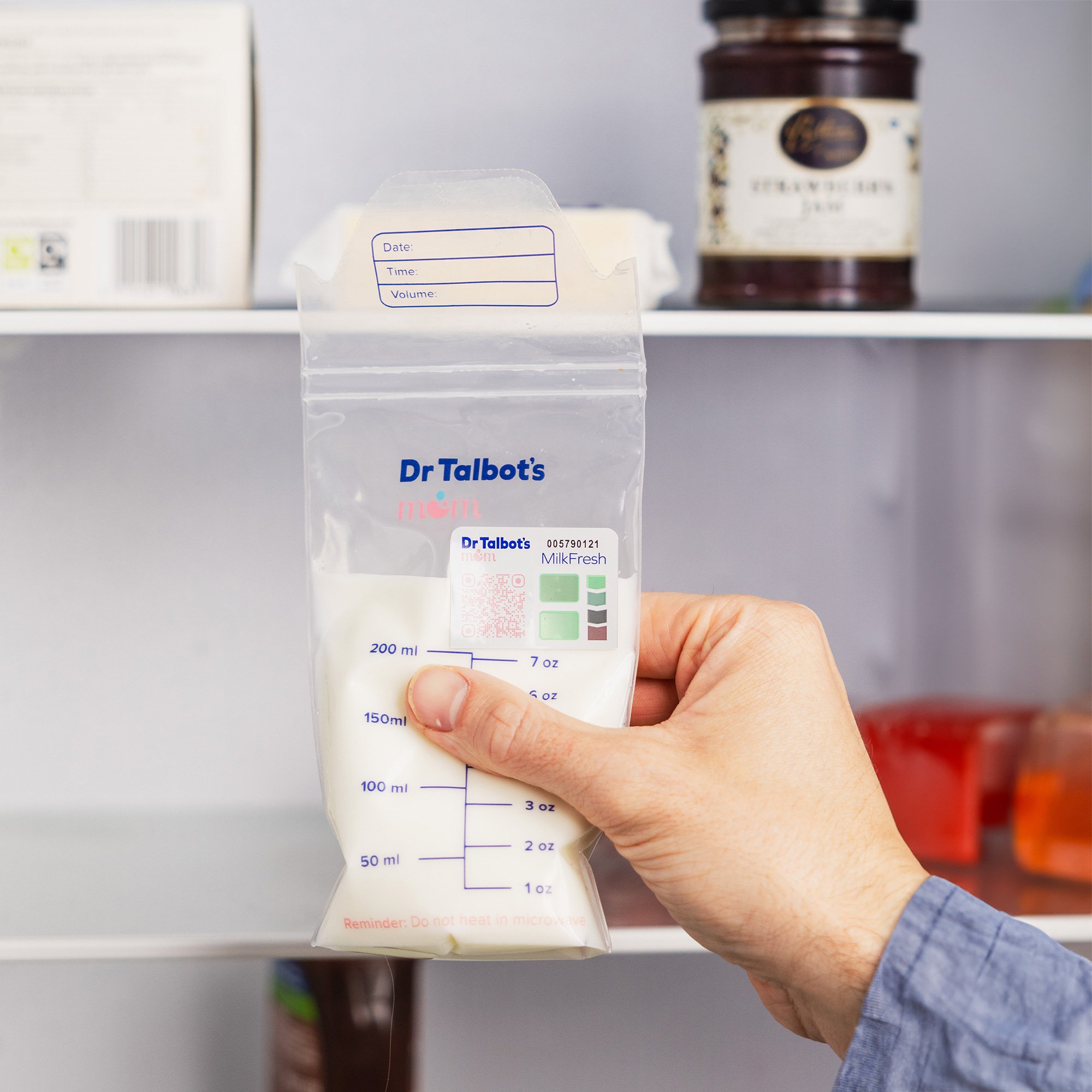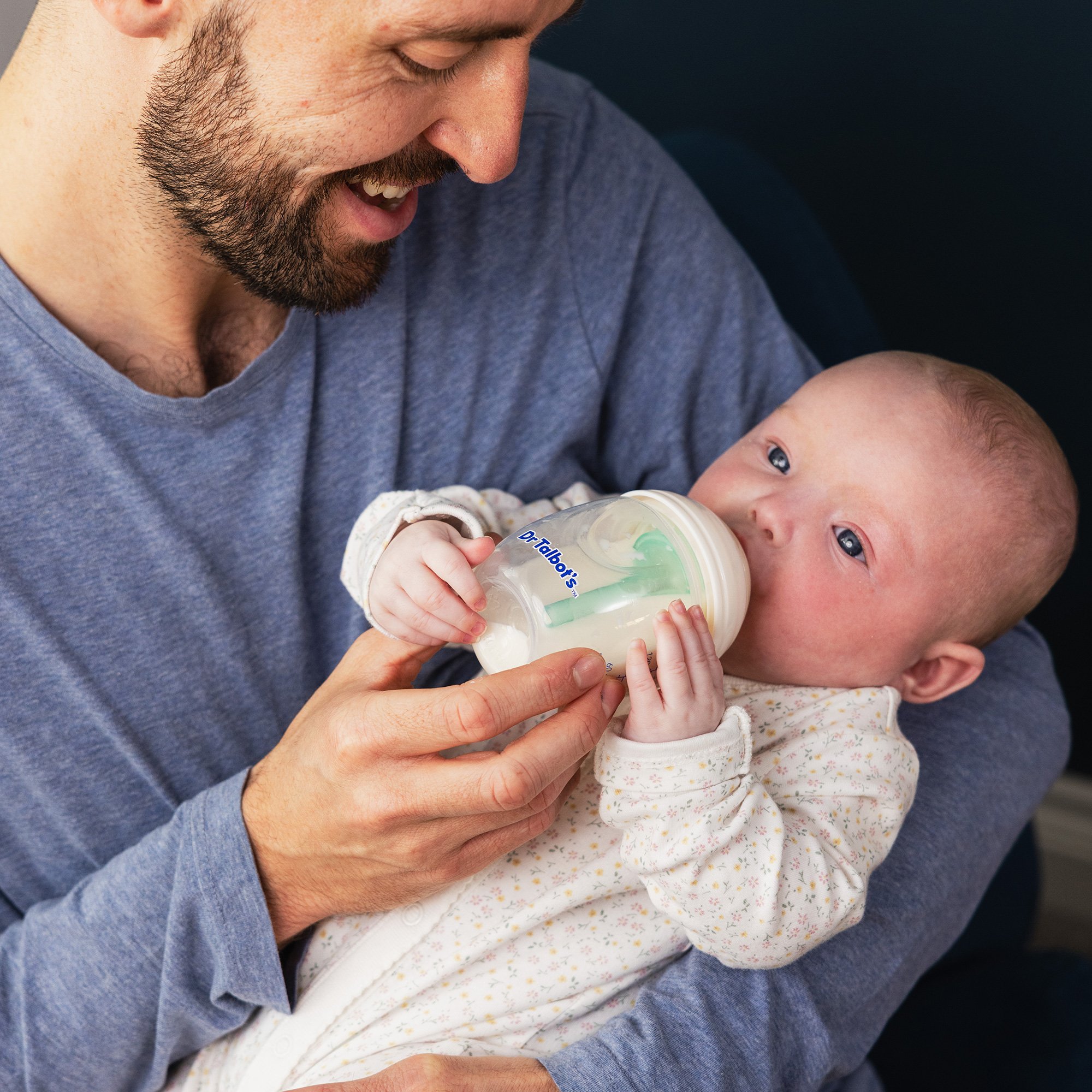Introduction
Traveling with small children can be stressful. If you are pumping, trying to travel with stored breast milk can be a logistical nightmare. Luckily, our expert guide will help you make sure you have everything you need!
One of the most important things about storing breast milk while traveling is to keep the milk safe. Being aware of the safe time limits and the correct temperature range will help you to keep your baby's milk safe.

With our handy guide and tips, you will feel confident and prepared to store breast milk while traveling with zero hassle.
Traveling with Breast Milk: The Basics
When traveling with breast milk, there are a few basic things to be aware of beforehand. Milk should always be kept at a safe temperature and used within a safe time frame. You should also make sure you have the correct equipment, including storage bags, MilkFresh Sensors, and a cool box.
Why Safety is Important
If you are planning on storing breast milk while traveling, the main thing to understand is how to keep it safe to drink. This means keeping milk at the correct temperature, using it within the safe time limit, and maintaining cleanliness.
Time
As it is a natural product, breast milk must be used within a certain time frame to be considered safe, which will depend on how it has been stored.
- Room Temperature:Milk kept at room temperature must be used within four hours. If your baby has started to drink it, it must be used within two hours.
- Chilled:If the milk is stored in a cool box with ice packs, it must be used within 24 hours. If possible, transfer it to a fridge, where it can be kept for four days in total.
- Frozen:Frozen breast milk can be stored in the freezer for four months. Once it has started to thaw, it must be used within 24 hours. If you defrost it in a fridge, it can be kept for a further three days (four days in total).
Please be aware that the safest way to travel with breast milk is to follow the guidelines in combination with temperature tracking. Dr. Talbot’s MilkFresh Sensors are simply applied to the storage bag and will track the temperature, which can be checked on the app.
It is important to remember that all of the above are guidelines. You should also smell the milk first to make sure it hasn’t turned or started to sour.
Temperature
One of the biggest struggles when storing breast milk on the go is maintaining a consistent temperature. Using an insulated or cool bag with ice packs is a great way to keep the milk cool. However, these don’t always maintain their temperatures and can fluctuate. Changes in temperature can affect the quality and shelf life of stored breast milk.
CDC guidelines advise that freshly expressed breast milk can be kept at room temperature for four hours. Please note it must be 77°F or colder. If it is immediately stored in the fridge, it can be stored for four days. If it is in a freezer, it can be stored up to 12 months. However, to quality will start to deteriorate, so it is recommended that you use it within six months.
For complete peace of mind and safety, we recommend using Dr Talbot’s MilkFresh Sensors. These track the milk’s temperature, which can be checked using the QR code in real time. This allows you to rest assured that the milk has remained within the safe temperature limits.

Breast Milk Storage Containers
One of the most important things when traveling with stored breast milk is choosing a suitable container. There are several products designed specifically for this purpose. The main things you should look out for are:
- Resealable: If you plan to use larger quantities of milk in portions, consider a container that can be resealed easily.
- Leakproof: Look for something that will keep the milk contained. Nobody wants leaked breast milk everywhere!
- Light (traveling by air): Keeping it as light as possible is ideal when traveling by air or train, and for you carrying the luggage!
Storage Bags
One of the most convenient ways to transport stored breast milk is in Dr Talbot's Storage Bags. These handy bags are pre-sterilized for complete safety. The puncture-resistant design and secure fastening mean the milk will stay where it is supposed to be.
Portable Coolers and Chillers
The best way to keep your breast milk cool is in an insulated bag with an ice pack inside. A high-quality cooler will keep your milk at the correct temperature for 24 hours. Depending on your preference, they usually come in hard-shell or soft, collapsible designs.
If you are traveling by car, consider a plug-in cool box. These are plugged into your USB port and use the car’s power to maintain a consistent temperature. This means you can keep your milk for up to four days, as it essentially acts like a fridge.
Another great product to make traveling with breast milk easy is Dr Talbot’s MilkFresh Sensors. These stickers are applied directly to the storage bag. Once applied, they track temperature and log any changes that may affect quality and safety. This information can then be easily accessed using the real-time app.
Storing Breast Milk While Traveling: FAQs
Can I take frozen breast milk through airport security?
Yes, you can take frozen breast milk above the liquid limit. However, you should let security staff know that you are carrying it, as they may want to check it. TSA guidelines can be found here.
How long can I keep breast milk in a cooler?
This will depend on the quality of the cooler and the ice packs you have used. Generally speaking, it will stay safe to use for 24 hours.
What should I do if my milk starts to thaw while traveling?
Once milk has started to thaw, do not refreeze it. If it is kept in a cool box or fridge, it must be used within 24 hours. More info can be found here.
Do any countries have special rules for traveling with breast milk?
Yes, some countries do have specific rules regarding traveling with breast milk. Therefore, you should also check local regulations and customs before traveling.
Can I mix fresh and frozen breast milk while traveling?
No, fresh milk cannot be mixed with frozen milk as it may cause it to thaw. Milk at the same temperature can be combined, but it must be used within a short time frame.
Conclusion
While traveling with stored breast milk can seem daunting, it is straightforward. Just remember that it helps to be prepared. Storing the milk in storage bags inside a high-quality cool box or insulated bag will keep the milk safe and ready to use. Choosing the best storage bags or containers will also keep the milk secure and free from unwanted spillages.
At Dr Talbot's, we are committed to supporting you on your journey as a parent. For more advice on breastfeeding and pumping, check out our blog, with articles on warming up frozen breast milk and tips for pumping at work.